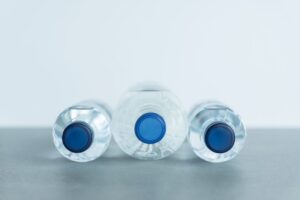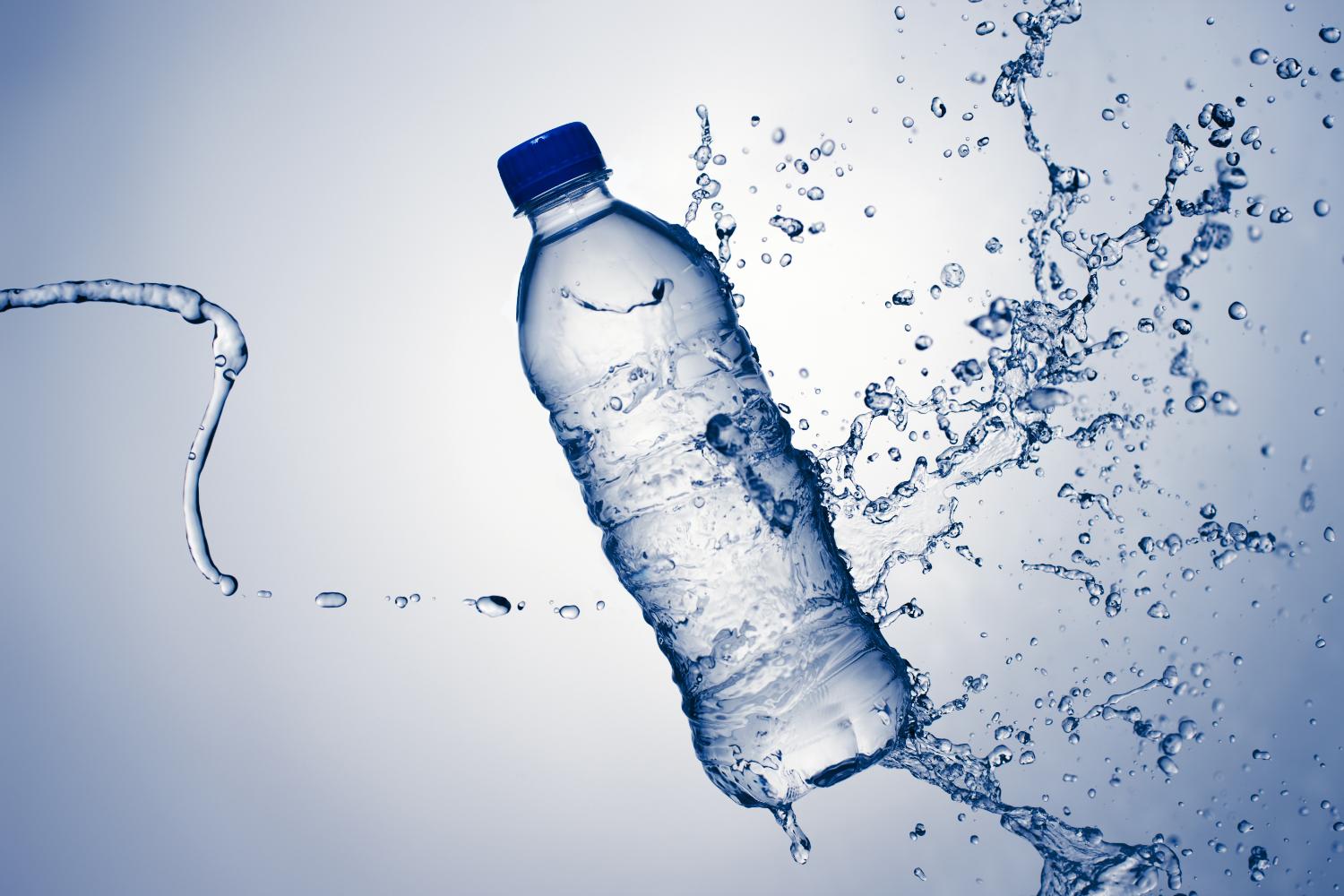Reasons Why Bottled Water Is Inferior To Tap Water
Many people rely on bottled water as a way to stay hydrated. Whether they’re traveling or just out in the elements, they always have something to grab when they get thirsty.
(Looking for “indoor water quality testing“? Contact us Today!)

Despite this convenience, however, the bottled water industry has some major drawbacks. Bottled water requires a tremendous amount of energy to produce and transport, as well as dispose of. In the US alone, bottled water uses 76 million barrels of oil each year. That’s enough to fuel 4.3 million cars for a whole year!
1. Plastic contamination is rampant
It’s estimated that 93% of bottled waters sold around the world contain microplastic, which is made from synthetic polymers. This is a major problem because plastic is known to be a contributor to climate change.
2. There’s no proof that bottled water is safer than tap water
Both bottled and tap water can be contaminated with contaminants, such as bacteria or viruses. In fact, if you drink contaminated water, it can cause serious health problems.
3. Some bottled water products are unsafe for consumption
Depending on the brand of bottled water and how it’s stored, there could be issues with BPA or other chemicals present in the bottles. These chemicals are known to seep into the water, which could be dangerous for those with weakened immune systems.
4. Most bottled water is just filtered tap water
Many bottled water products are actually just filtered tap water that has been packaged in a more attractive manner. This can be an effective marketing strategy for bottled water companies, who know that consumers often prefer the packaging of a product over its actual quality.
5. Some bottled water has no difference in taste or purity from tap water
While there are some bottled water brands that have a superior flavor, most bottled water is just filtered tap water. In addition, most bottled water is packaged in plastics that break down over time. This may give the bottled water a strange flavor, which is why it sometimes comes with an expiration date on the label.
6. Both bottled and tap water can be tainted by pollutants
Because both bottled and tap water uses underground sources, there is theoretically no difference between them in terms of pollution. In general, though, both types of water are less likely to be tainted by pollutant-containing substances than other beverages.
7. Bottled water can be tainted by parasites
The most common contaminant found in bottled water is cryptosporidium, which can cause chronic or severe illness in certain groups of people, such as those who have HIV, diabetes, organ transplants, or are going through chemotherapy treatment. The parasite can also cause diarrhea and stomach cramps, which can be a significant issue for people who have weakened immune systems.
8. Both bottled and tap water can be spoiled by fungi, algae, or mold
The best way to ensure that you don’t purchase a bottle of bottled water with a bad taste is to make sure that it’s properly sealed when it’s purchased. If the seal is broken or the bottle has been left out in the sun, it’s important to throw it away or boil it before drinking it.

